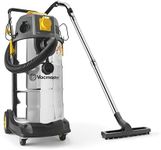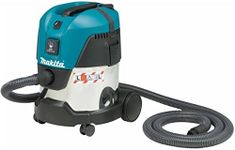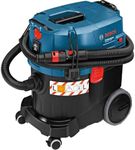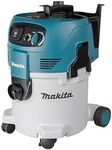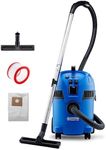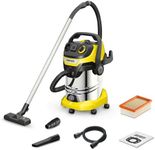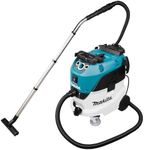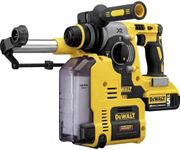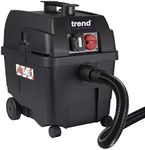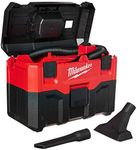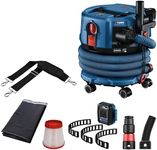Buying Guide for the Best Dust Extractor
Choosing the right dust extractor is crucial for maintaining a clean and safe working environment, whether you're working in a workshop, on a construction site, or at home. A dust extractor helps to remove dust and debris from the air, which can improve air quality and reduce the risk of respiratory issues. When selecting a dust extractor, consider the type of work you'll be doing, the size of the area, and the specific materials you'll be working with. Understanding the key specifications will help you make an informed decision that best suits your needs.Airflow (CFM)Airflow, measured in cubic feet per minute (CFM), indicates the volume of air the dust extractor can move. This is important because higher airflow means more efficient dust collection. For light tasks like sanding or small woodworking projects, a lower CFM (around 100-200) might suffice. For larger projects or when working with materials that produce a lot of dust, such as concrete or drywall, a higher CFM (300 and above) is recommended. Choose a CFM rating based on the intensity and scale of your work.
Static Pressure (Water Lift)Static pressure, often measured in inches of water lift, indicates the suction power of the dust extractor. This is crucial for picking up heavier debris and ensuring effective dust collection. For general woodworking or light debris, a lower water lift (around 50-70 inches) may be adequate. For more demanding tasks, such as collecting fine dust or heavier particles, look for a higher water lift (above 80 inches). Consider the type of debris you'll be dealing with to determine the necessary suction power.
Filtration SystemThe filtration system determines how well the dust extractor can capture fine particles and prevent them from being released back into the air. HEPA filters are highly effective, capturing 99.97% of particles as small as 0.3 microns, making them ideal for environments where air quality is a priority. For general use, a standard filter may suffice, but for tasks involving hazardous materials or fine dust, a HEPA filter is recommended. Choose based on the level of air purity you need to maintain.
CapacityCapacity refers to the size of the dust collection container or bag. A larger capacity means less frequent emptying, which is beneficial for continuous work. For small projects or occasional use, a smaller capacity (around 5-10 gallons) might be enough. For larger projects or professional use, consider a larger capacity (20 gallons or more) to minimize interruptions. Assess the volume of dust and debris your work generates to select an appropriate capacity.
PortabilityPortability is about how easy it is to move the dust extractor around your workspace. This is important if you need to transport the extractor between different locations or move it frequently within a large area. Lightweight models with wheels and handles are ideal for mobility. If your work is stationary, portability might be less of a concern. Consider how often and where you'll need to move the extractor to determine the level of portability you require.
Noise LevelNoise level, measured in decibels (dB), indicates how loud the dust extractor will be during operation. This is important for maintaining a comfortable working environment, especially in shared or residential spaces. Lower noise levels (below 70 dB) are preferable for quieter operation. If noise is not a major concern, you might opt for a more powerful model that operates at a higher noise level. Consider your work environment and personal tolerance for noise when choosing.
